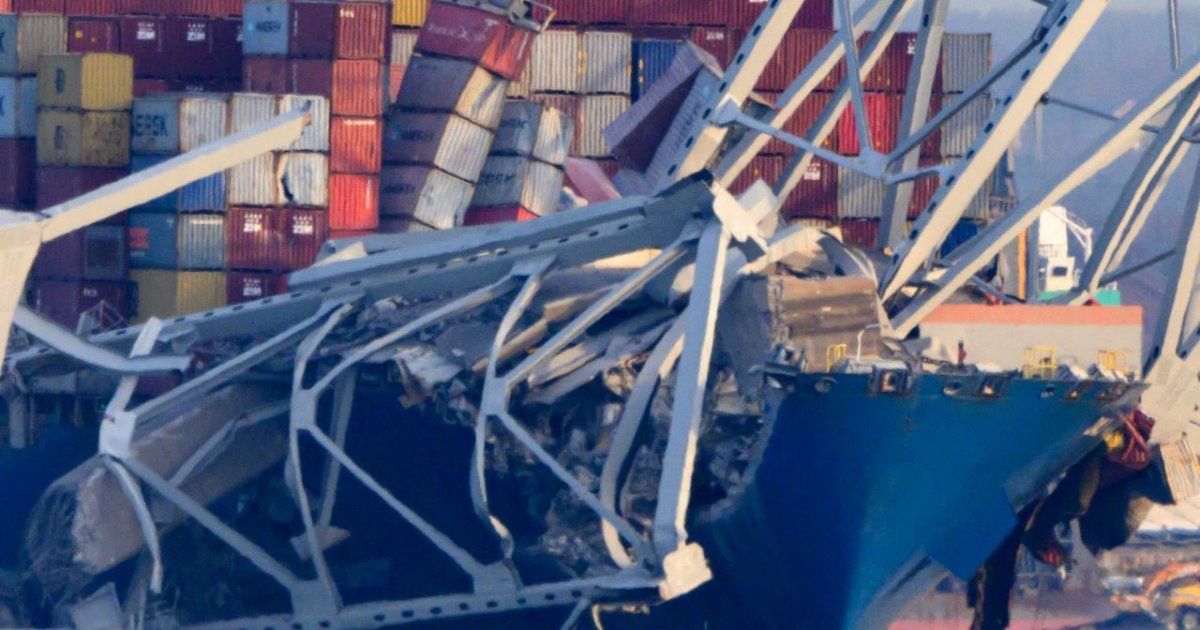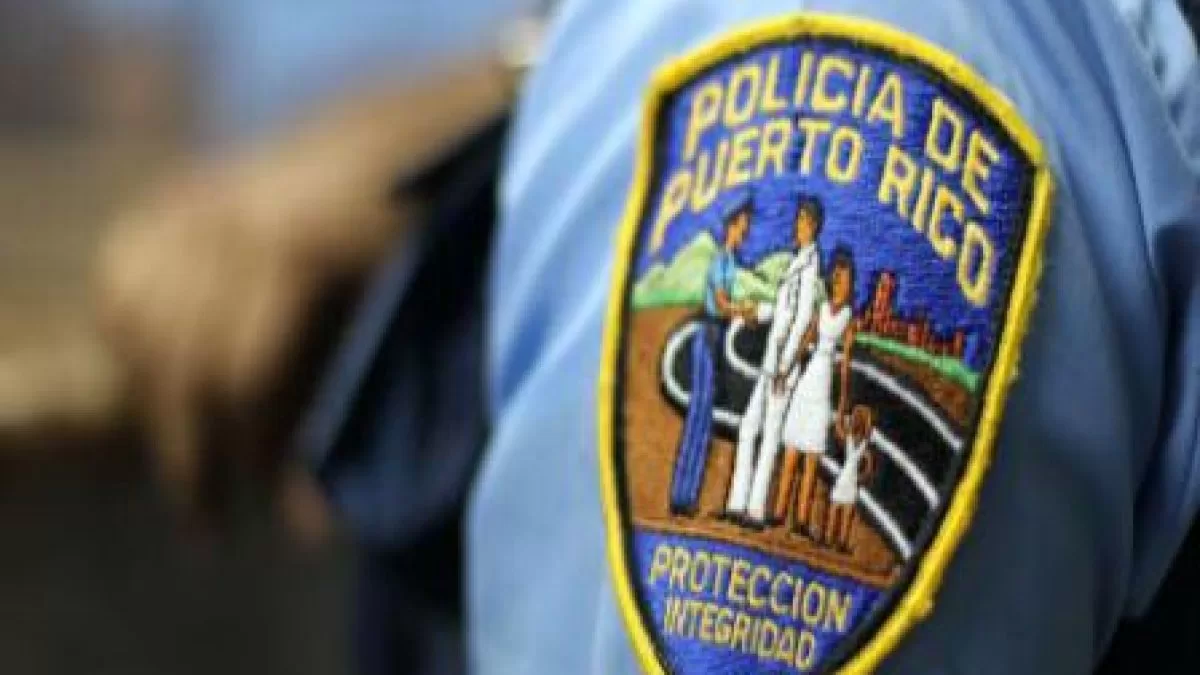HOUSTON – One of the main concerns that arises when we are in the midst of extreme temperatures has to do with the way food is handled and cared for so as not to be a victim of poisoning that could cost us a trip to a hospital.
And it is not only about what we eat on the street, in mobile or street stalls, but also with regard to the food that we buy in supermarkets and put in the car in the middle of extreme heat and then take it home.
The US Centers for Disease Control and Prevention (CDC) ensures that bacteria in food can “multiply rapidly if left in places or surfaces with temperatures between 40 to 140 degrees.”
Hot food should stay above 140 degrees and cold food below 40. This range is known as “the danger zone” for food.
Likewise, they advise “refrigerating all food that is perishable (meat, seafood, dairy products, cut fruit, some vegetables and leftovers) within a maximum period of two hours.”
In the event that this type of food “is exposed to temperatures above 90 degrees (inside a vehicle or on a picnic) it must be refrigerated within an hour maximum,” as also indicated the Food and Drug Administration (FDA),
Similarly, the CDC recommends that if you try to defrost food, you should do it in the refrigerator, a microwave, or otherwise in cold water, and you should avoid doing it at room temperature at all costs “because the bacteria can multiply quickly.” .
The CDC requires that extreme care be taken with people who have health problems, are elderly or children, or have a serious illness such as weakened immune systems.
Here are some tips from the Centers for Disease Control and Prevention (CDC) on how to treat mosquito bites.






